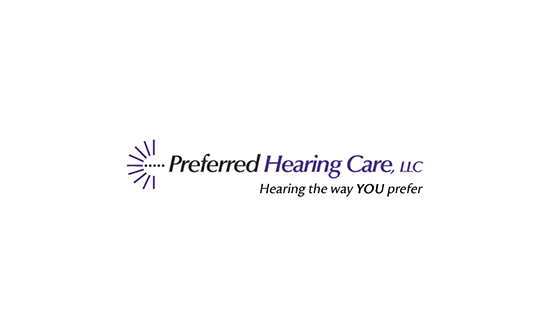Hearing Loss
Hearing loss is much more common than you think—and nearly every hearing impairment can be treated today. Most hearing professionals enter the field in the hope of helping people get more enjoyment from life. Still—when you don’t know what to expect, it can be scary to ask for help. Here’s what to expect at your hearing examination.
Some insurance providers cover the cost of hearing tests; some hearing specialists offer free hearing tests.
1. The office visit
Following a questionnaire to establish your general health and health history, your hearing specialist will conduct a painless visual examination of the ear with a manual or video otoscope. This examination will reveal obstructions or infections that might affect your hearing. If a condition requiring medical treatment is detected, you will be referred to an ear, nose and throat specialist.
If there is no medical reason for hearing loss, such as blockage, perforated eardrum, hyperthyroidism or other conditions, your hearing specialist will perform a series of tests to determine if you will benefit from hearing aids.
2. The seven tests of hearing
A hearing professional uses an audiometer to conduct testing. This equipment emits sounds or tones, like musical notes, at various frequencies and at differing volume or decibel levels. Testing is usually done in a soundproof testing room.
During some of the tests, you will wear headphones to block distracting sounds. At the sound of a tone, you will be asked to use a gesture or a device to indicate when you hear tones. The audiologist will lower the volume and repeat tones until you can no longer detect them. This process is repeated over a wide range of tones or frequencies from very deep, low sounds, to very high frequency sounds. Each ear is tested separately because sensitivity to sound often differs from one ear to the other.
There are seven hearing tests and speech recognition for hearing loss. Your hearing specialist may conduct some or all of the following tests:
1. Tympanometry is an objective test of middle-ear function. By applying air pressure in the ear canal, tympanometry tests the mobility of the eardrum and the conduction bones. This test provides information to distinguish if the hearing loss is conductive or sensorineural.
2. Pure-tone test is a subjective hearing test used to identify hearing threshold levels. The patient wears headphones while the hearing specialist administers pure tone stimuli. The patient indicates when he or she hears the tones in each ear. Pure tone test thresholds determine the softest level at which the patient can hear at least 50 percent of tones.
3. Speech reception threshold is a test to determine the lowest sound intensity level at which the patient is able to repeat correctly fifty percent or more of the spondaic test words (words of two syllables having equal stress). This test determines the level at which the patient can detect AND understand speech.
4. Most comfortable listening level test is administered via headphones to determine the best hearing level as reported by the patient.
5. Uncomfortable loudness test is also administered via headphones to determine the loudest level a patient is able to listen to without pain.
6. The speech discrimination test (sometimes called word recognition testing) is conducted to determine how well the patient hears and understands speech when the volume of the headphones is set to patient’s most comfortable listening level.
For this test, the hearing specialist asks the patient to repeat 50 single-syllable words. The speech discrimination score is an important indicator of how much difficulty the patient will have communicating and how well he or she will respond to amplification. If the patient’s speech discrimination score is 90 percent or more, it indicates he or she heard and repeated words correctly. If the score is zero, it means the patient cannot understand speech no matter how loud. People with scores under 50 percent may not be helped by hearing aids.
7. Bone conduction test is used to determine if the patient’s hearing loss is caused by issues relating to the inner ear. A small oscillator is placed on the bone behind the patient’s ear to painlessly stimulate the bones of the skull, which in turn stimulate the inner ear. The patient will indicate when he or she can hear the sound as the tone is raised and lowered.
Hearing Tests for Hearing Loss
The site information is for educational and informational purposes only and does not constitute medical advice. To receive personalized advice or treatment, schedule an appointment.
